Deutsche Oper Berlin
Il Barbiere di Siviglia
Opera
Bismarckstraße 35, 10627 Berlin
Gioacchino Rossini
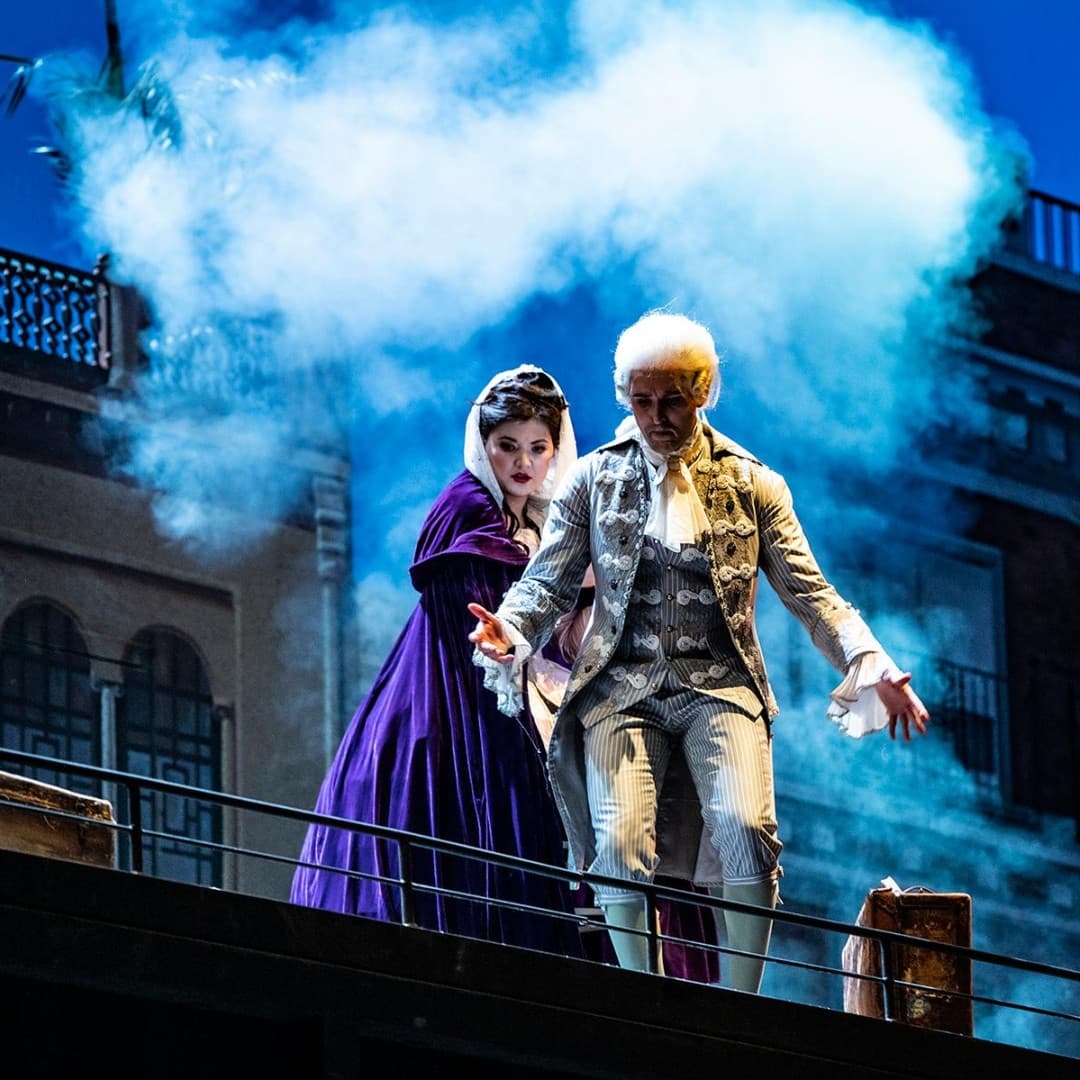
© Bettina Stöß
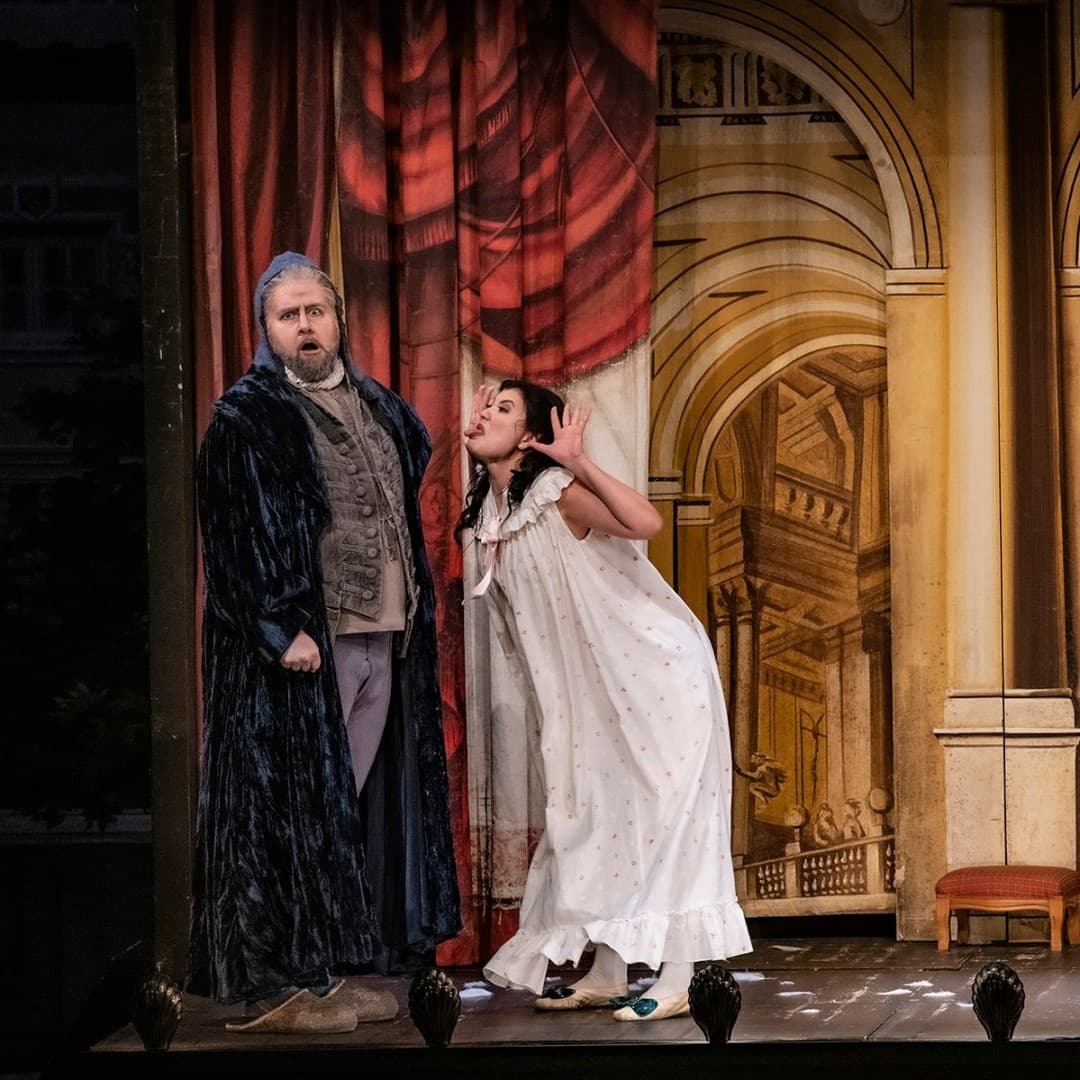
© Bettina Stöß
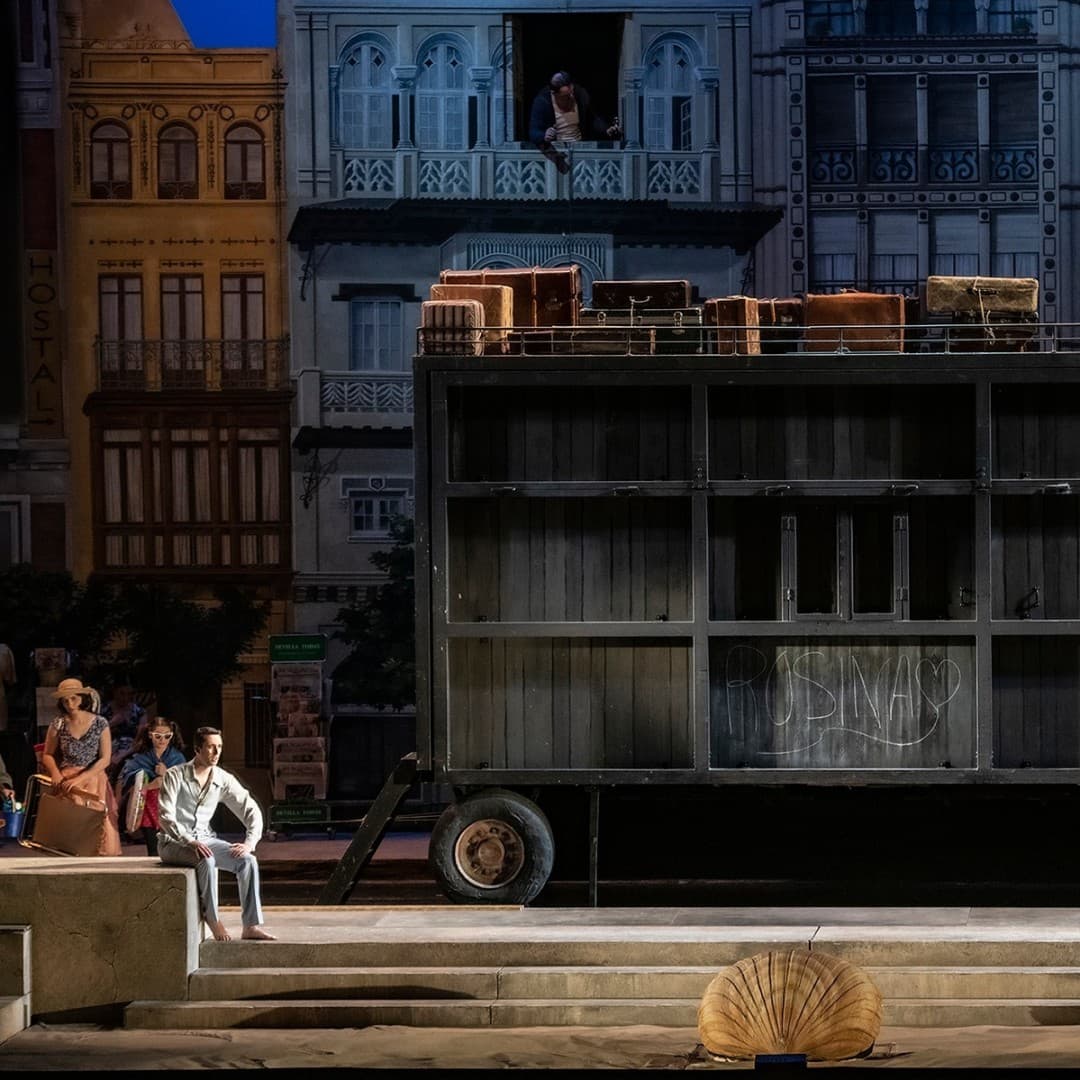
© Bettina Stöß
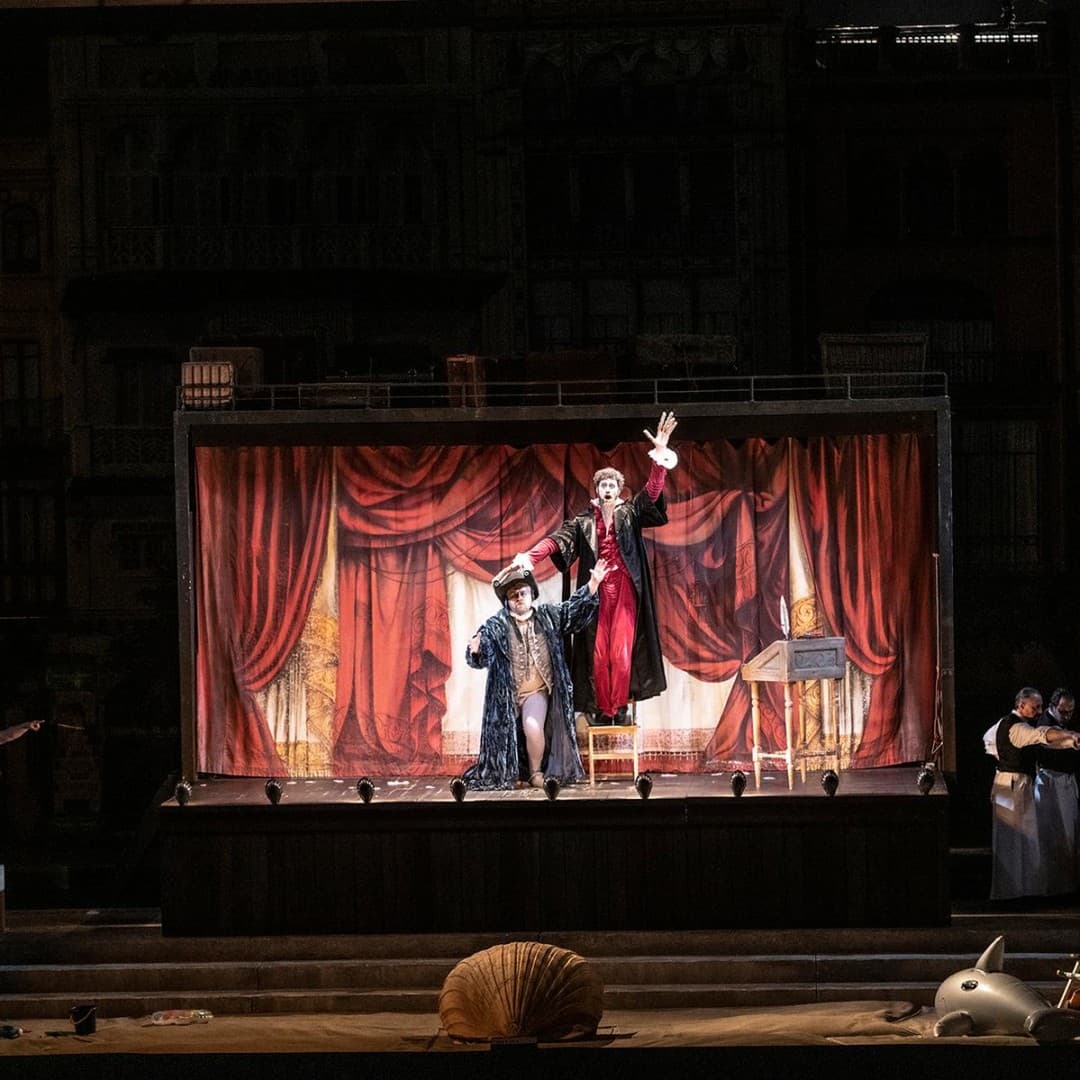
© Bettina Stöß
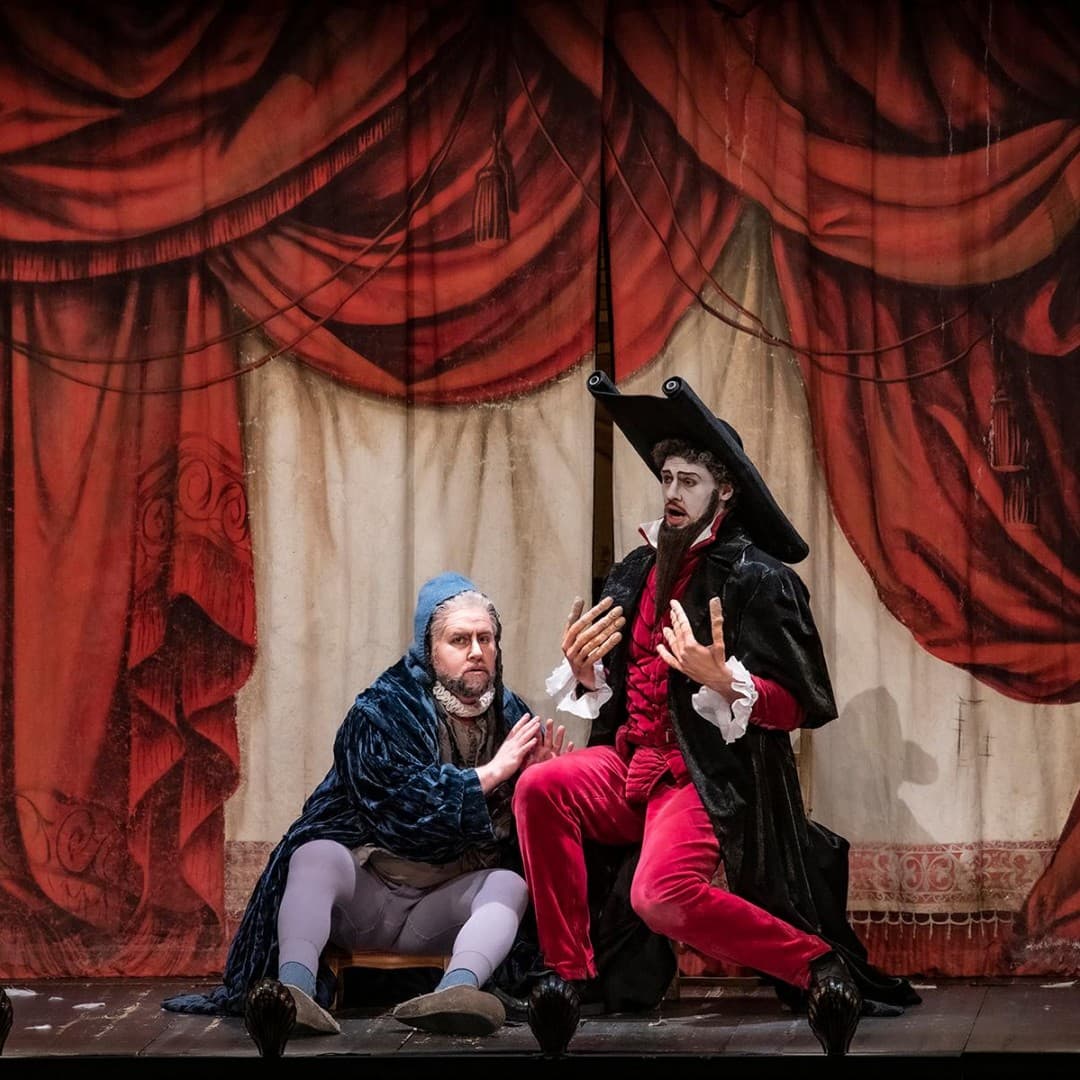
© Bettina Stöß
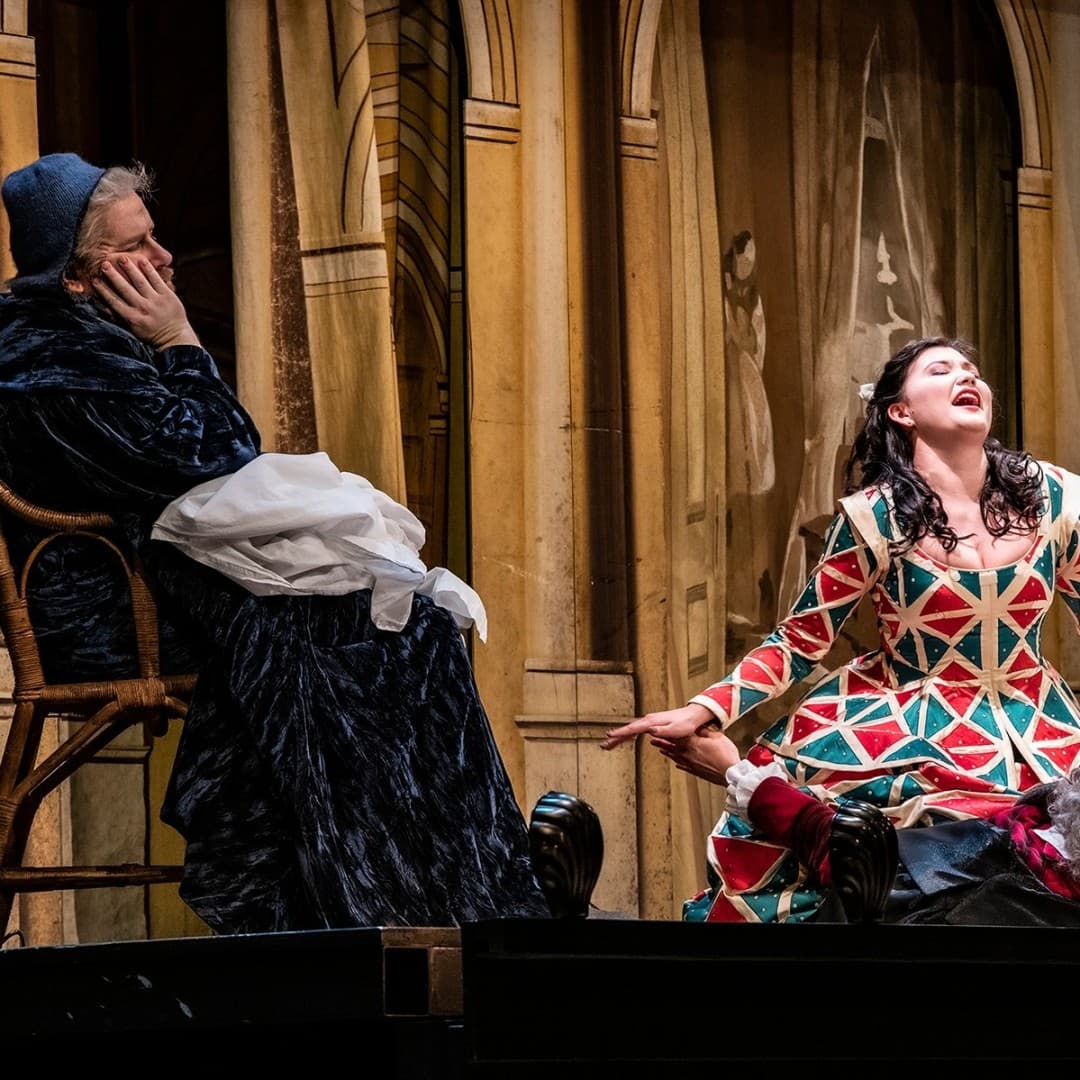
© Bettina Stöß
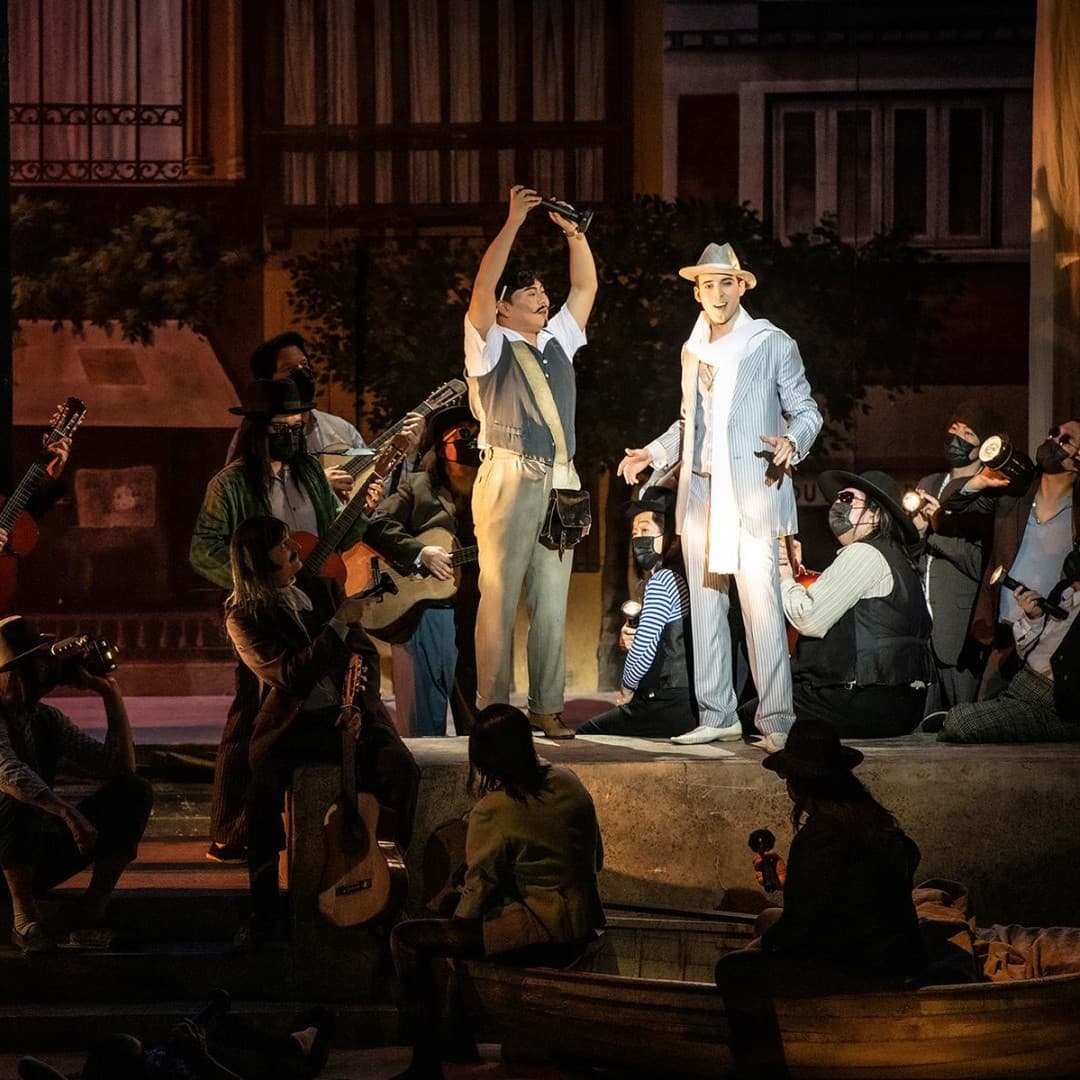
© Bettina Stöß
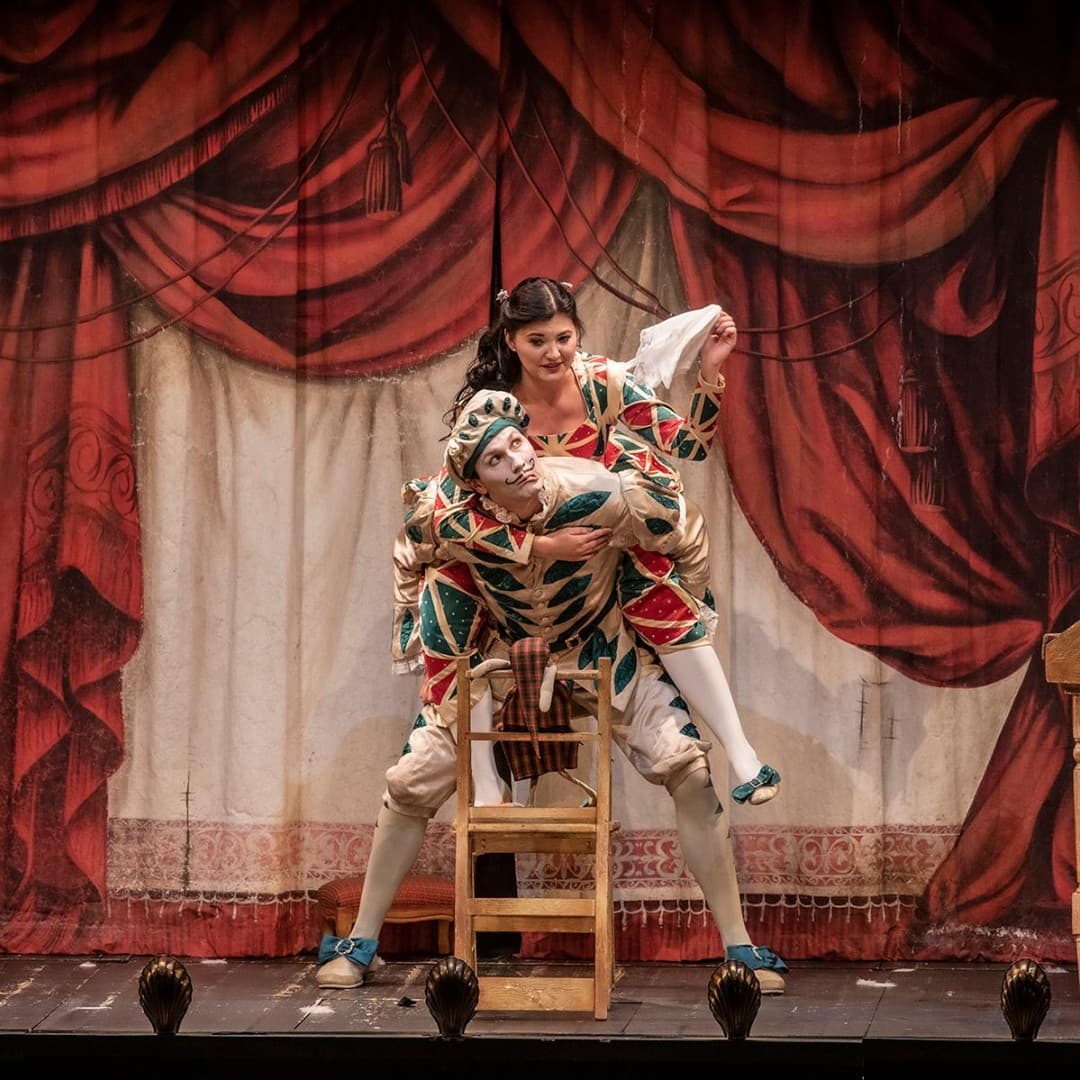
© Bettina Stöß
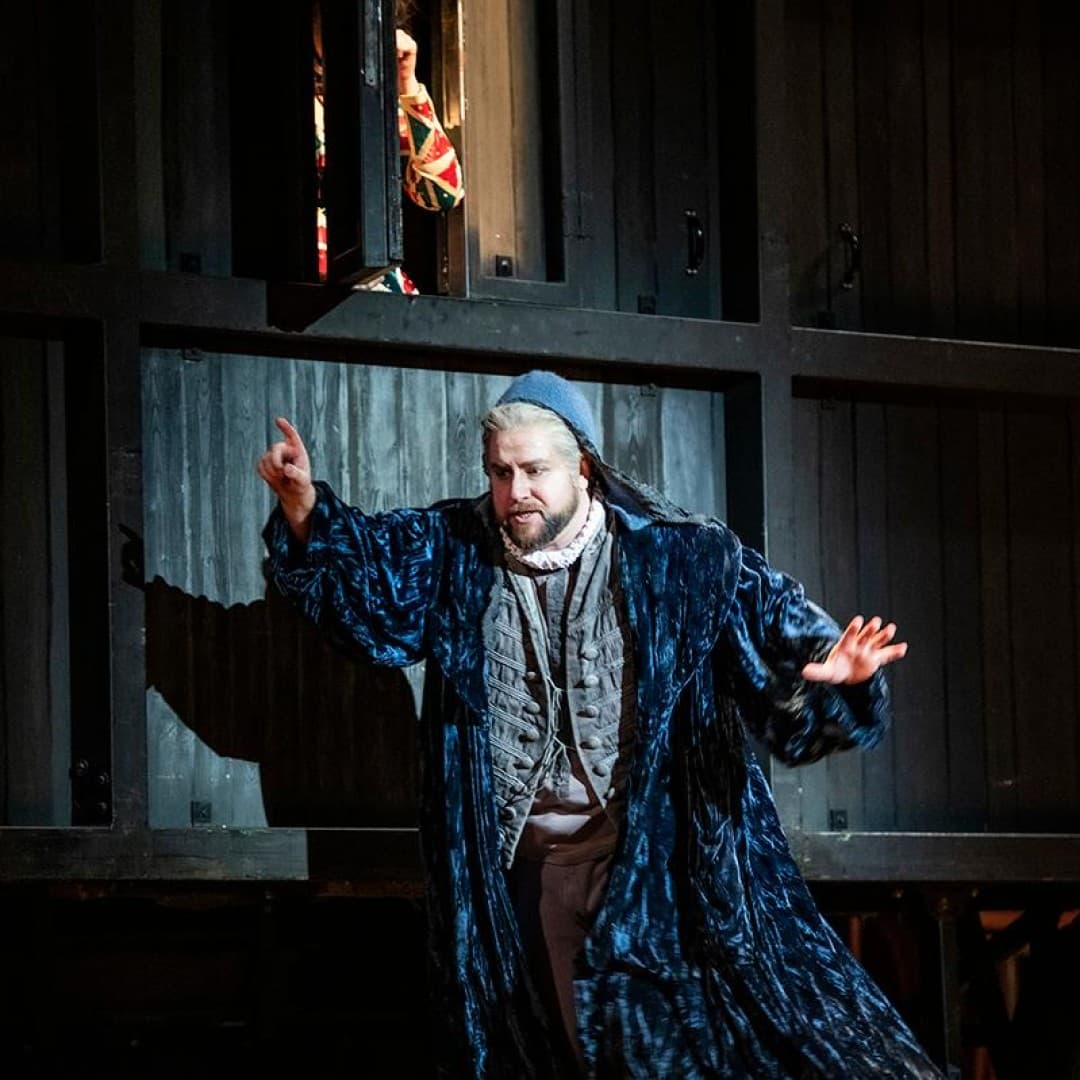
© Bettina Stöß
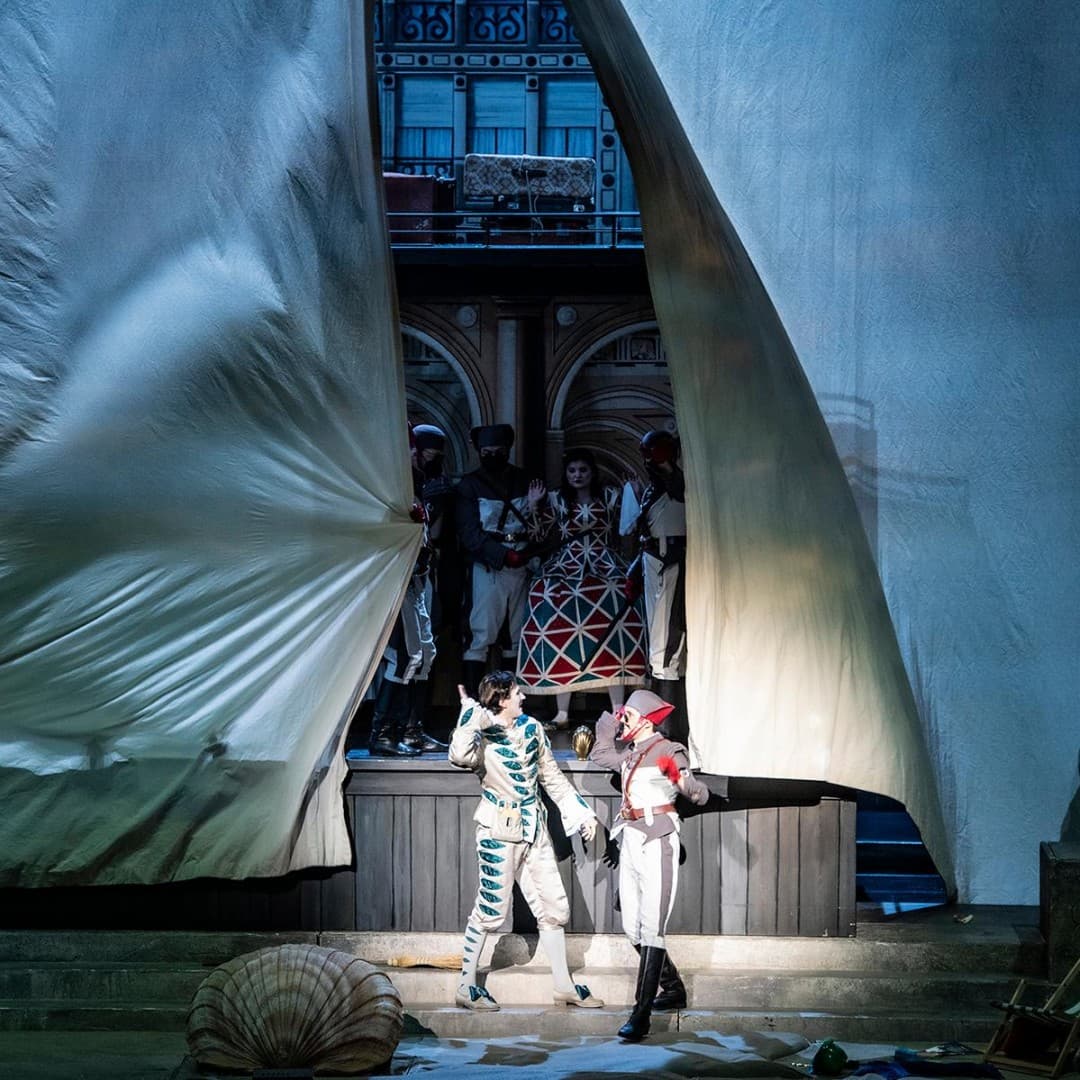
© Bettina Stöß
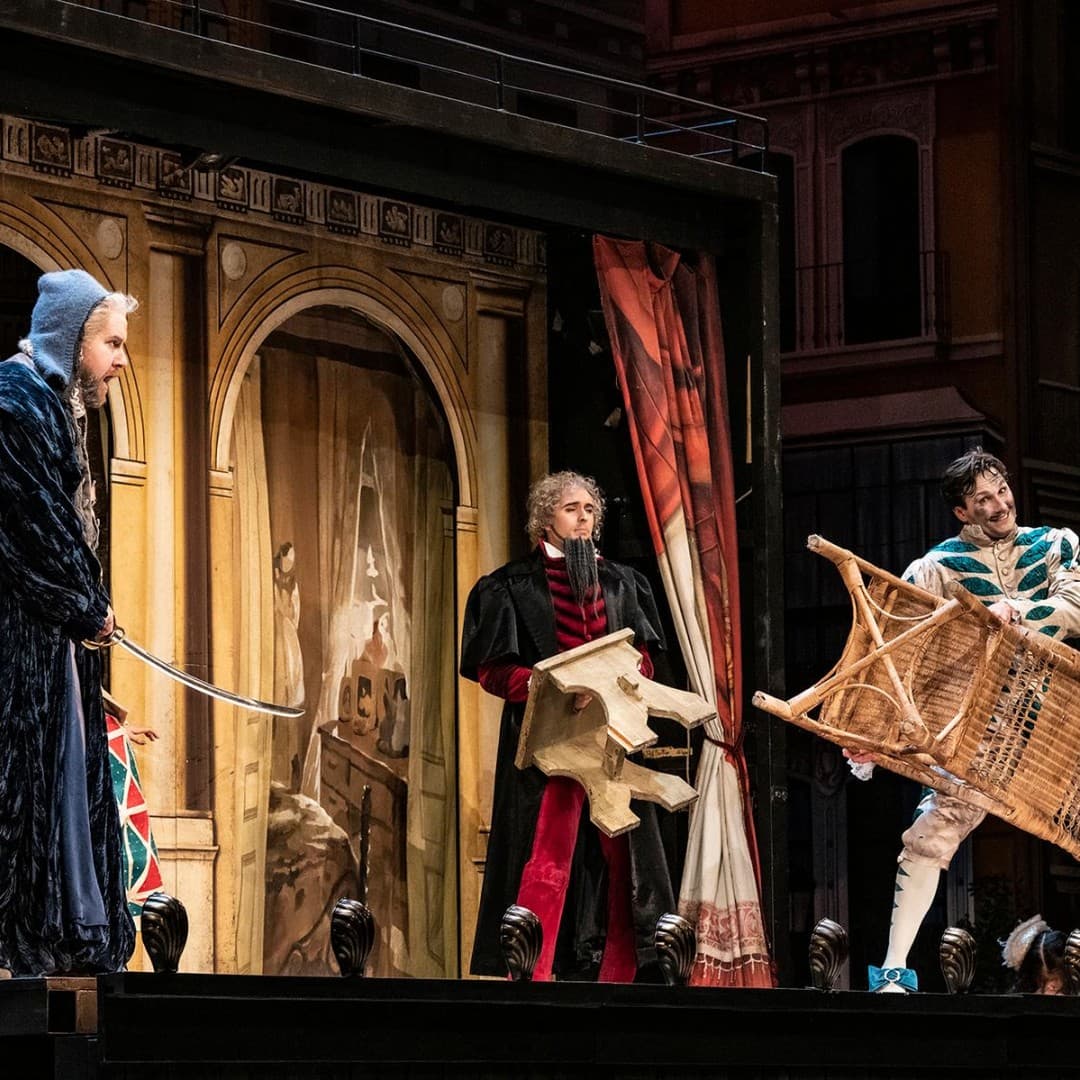
© Bettina Stöß
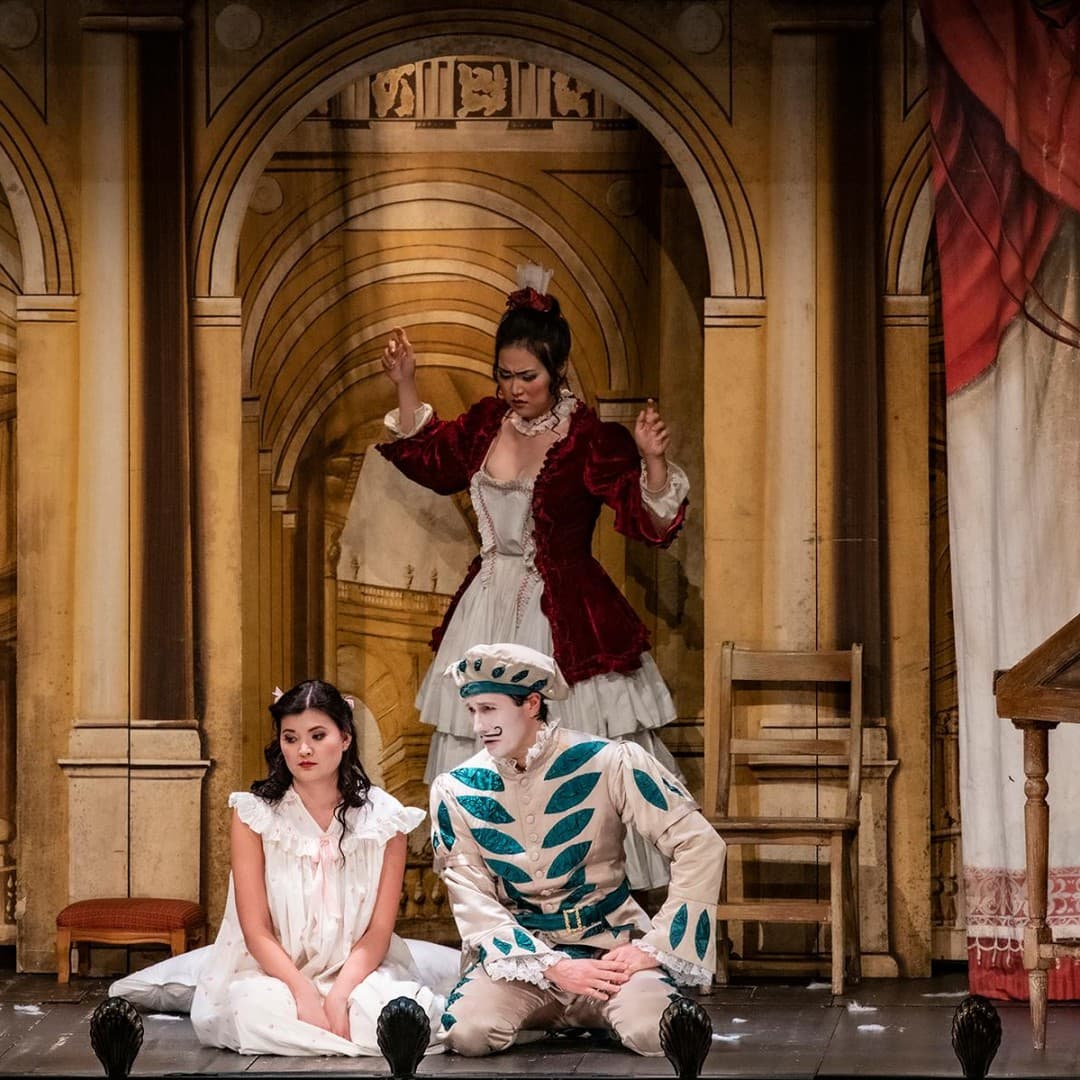
© Bettina Stöß
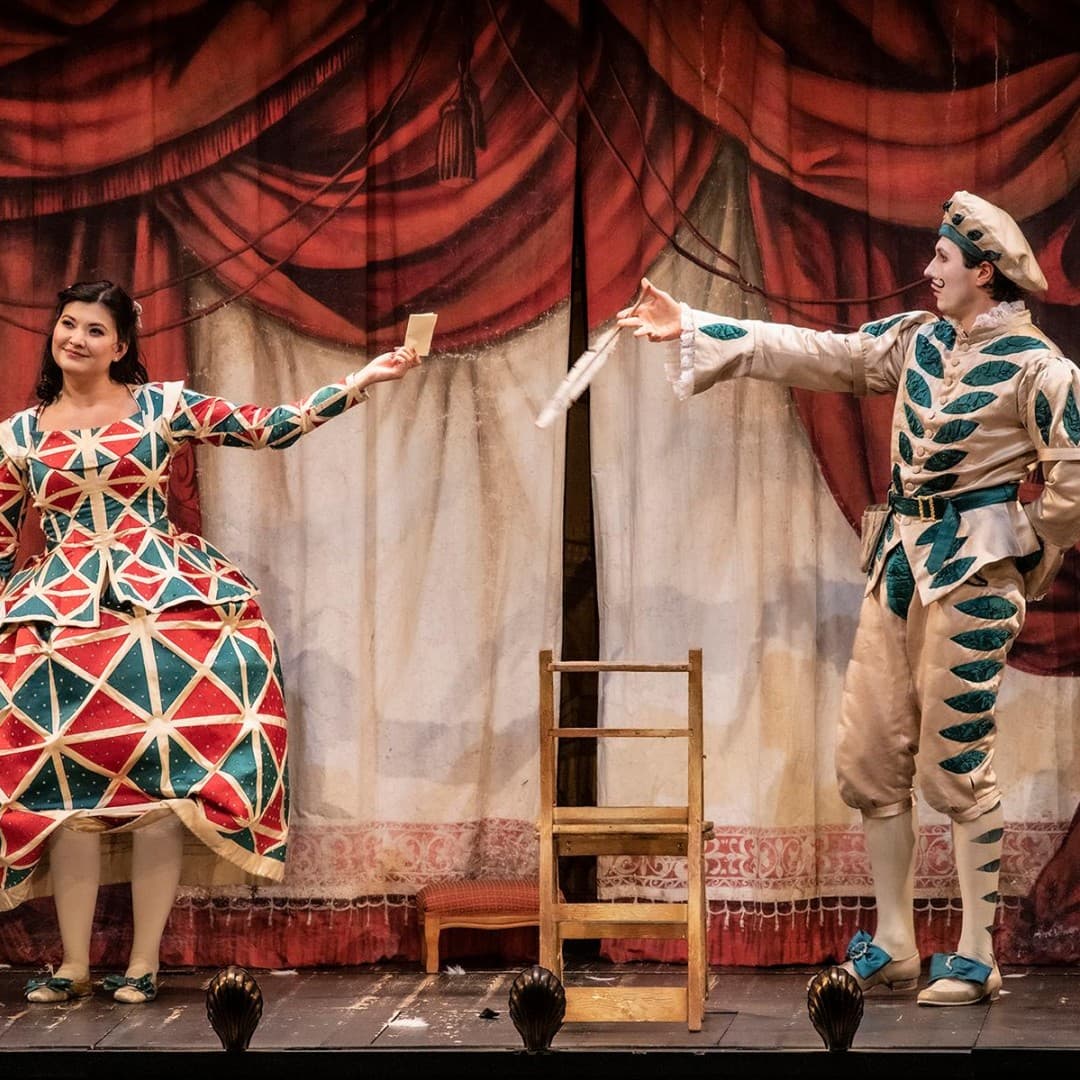
© Bettina Stöß
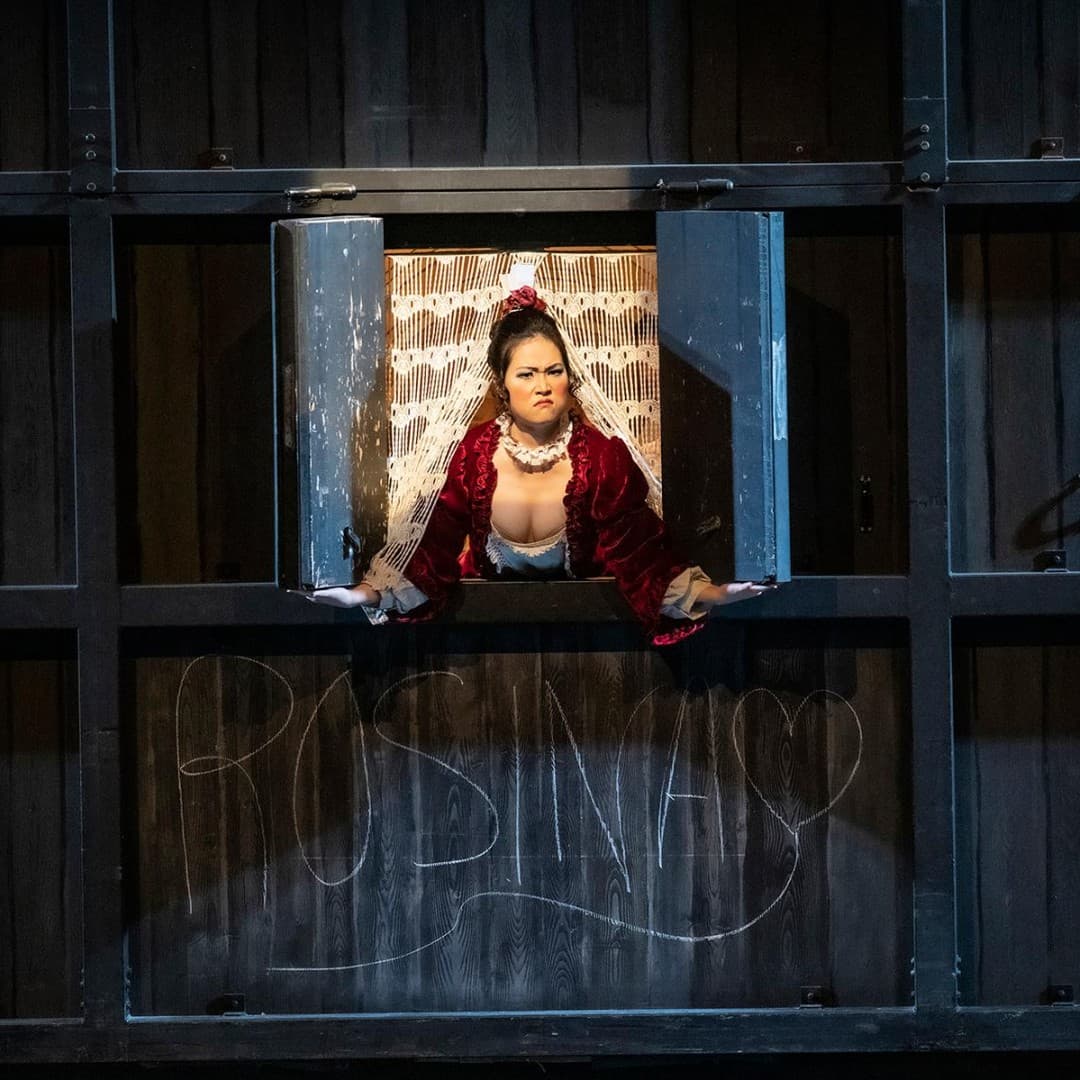
© Bettina Stöß
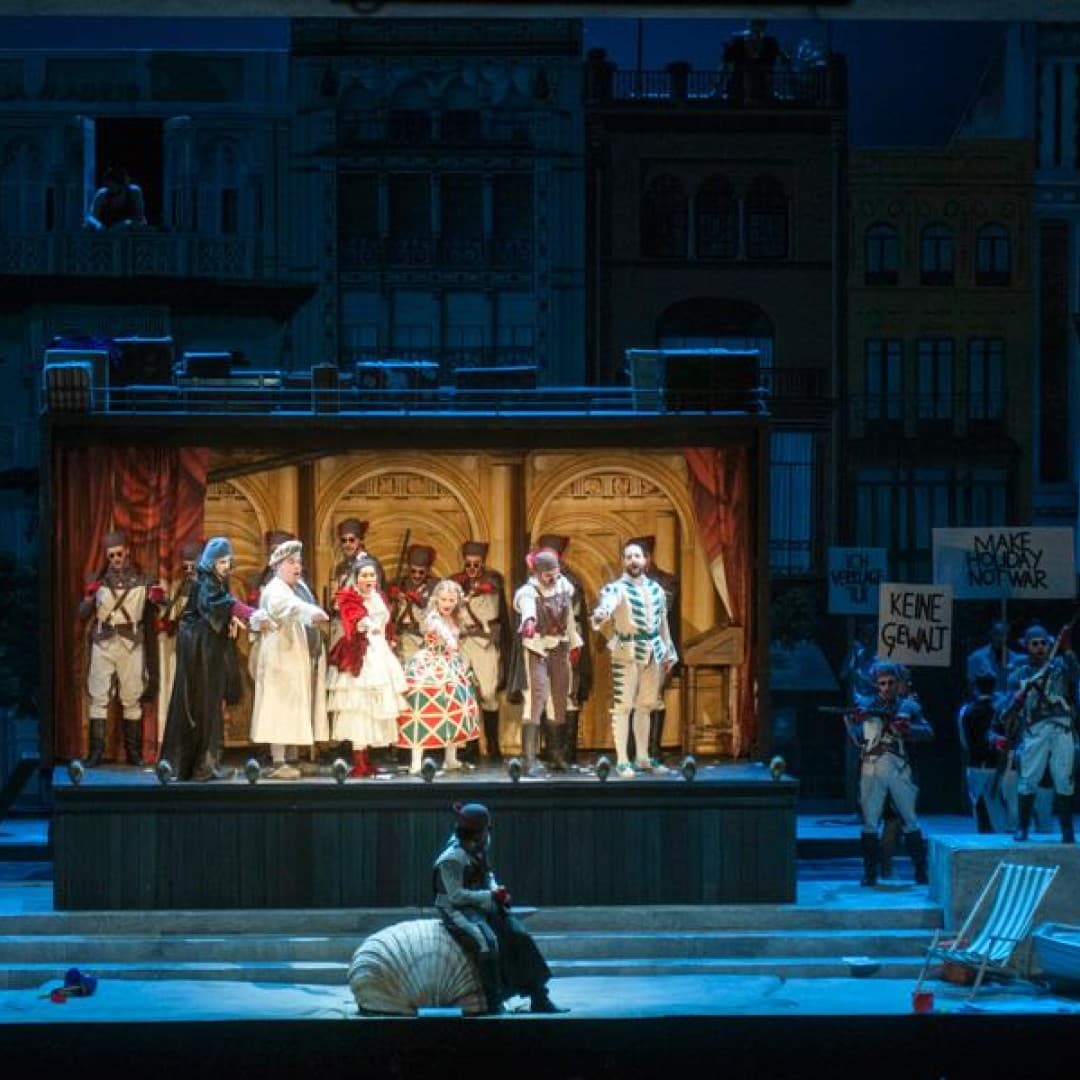
© 2013 Marcus Lieberenz
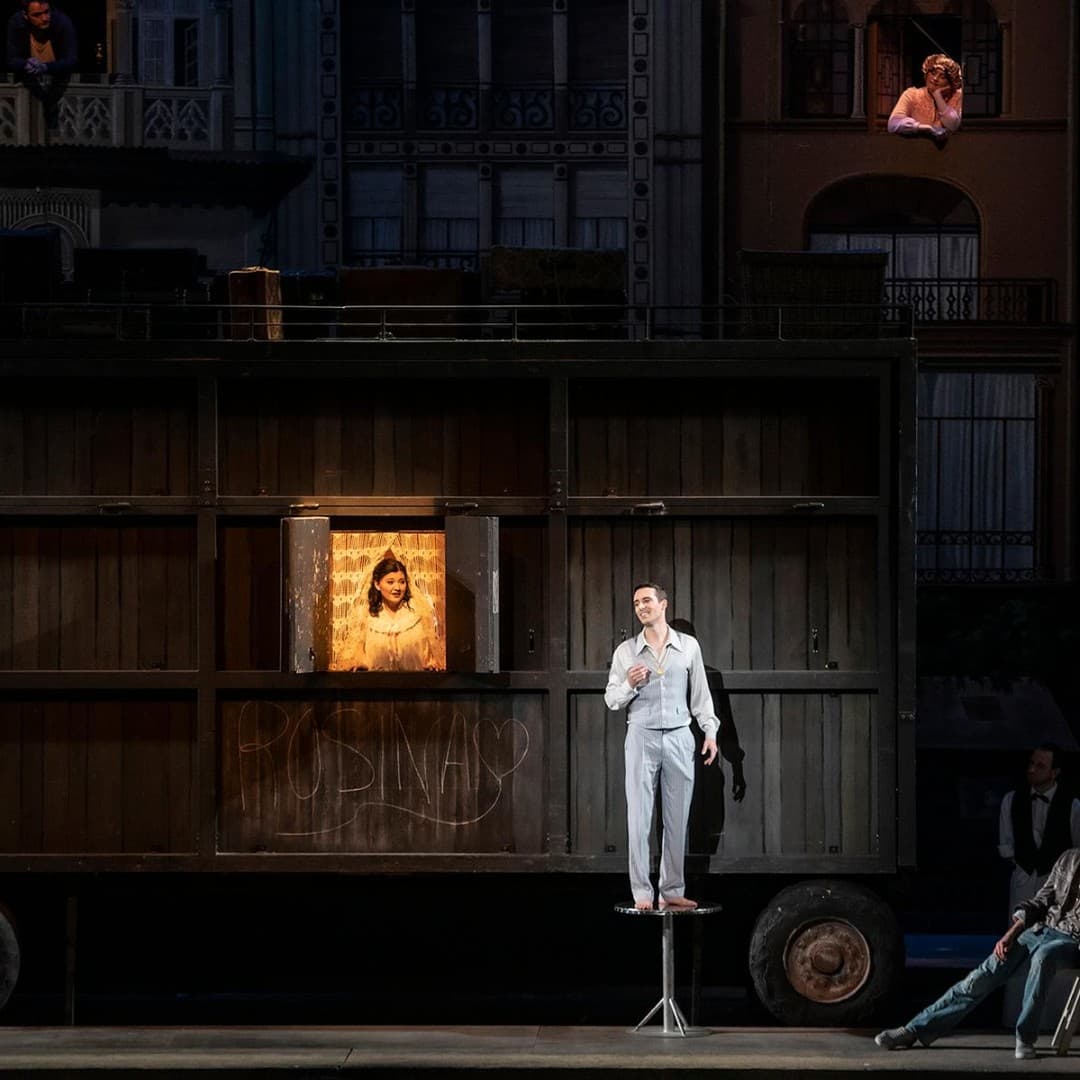
© Bettina Stöß
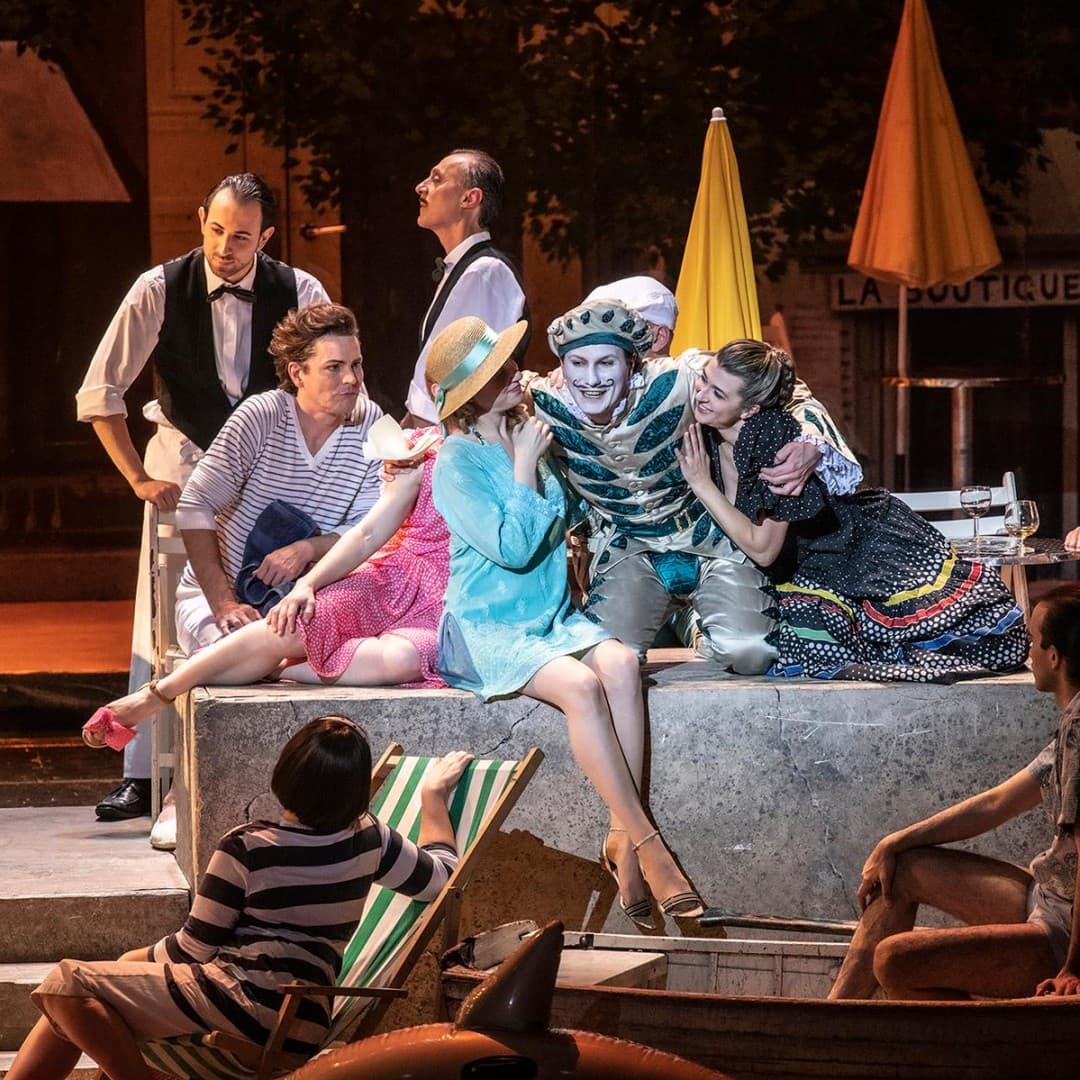
© Bettina Stöß
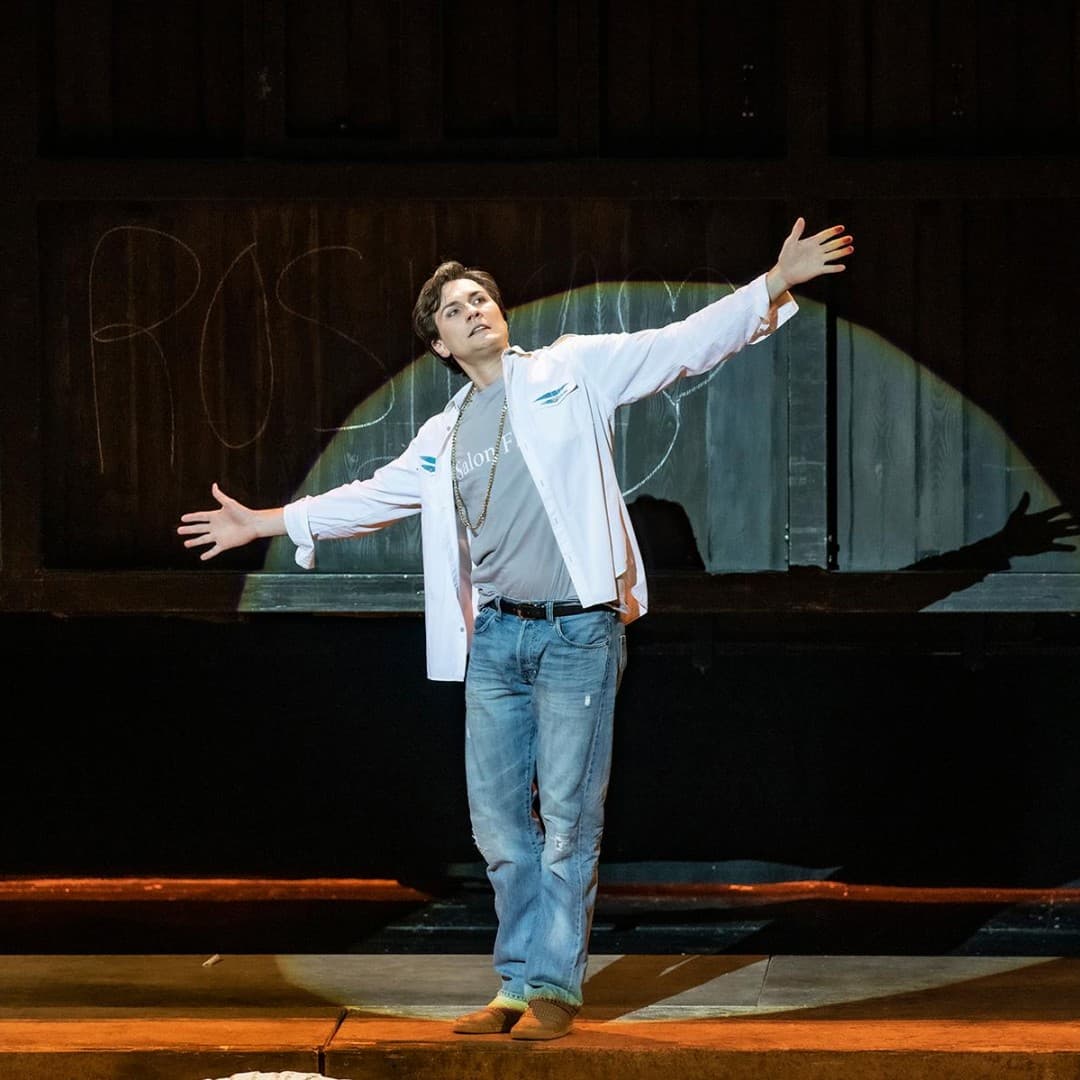
© Bettina Stöß
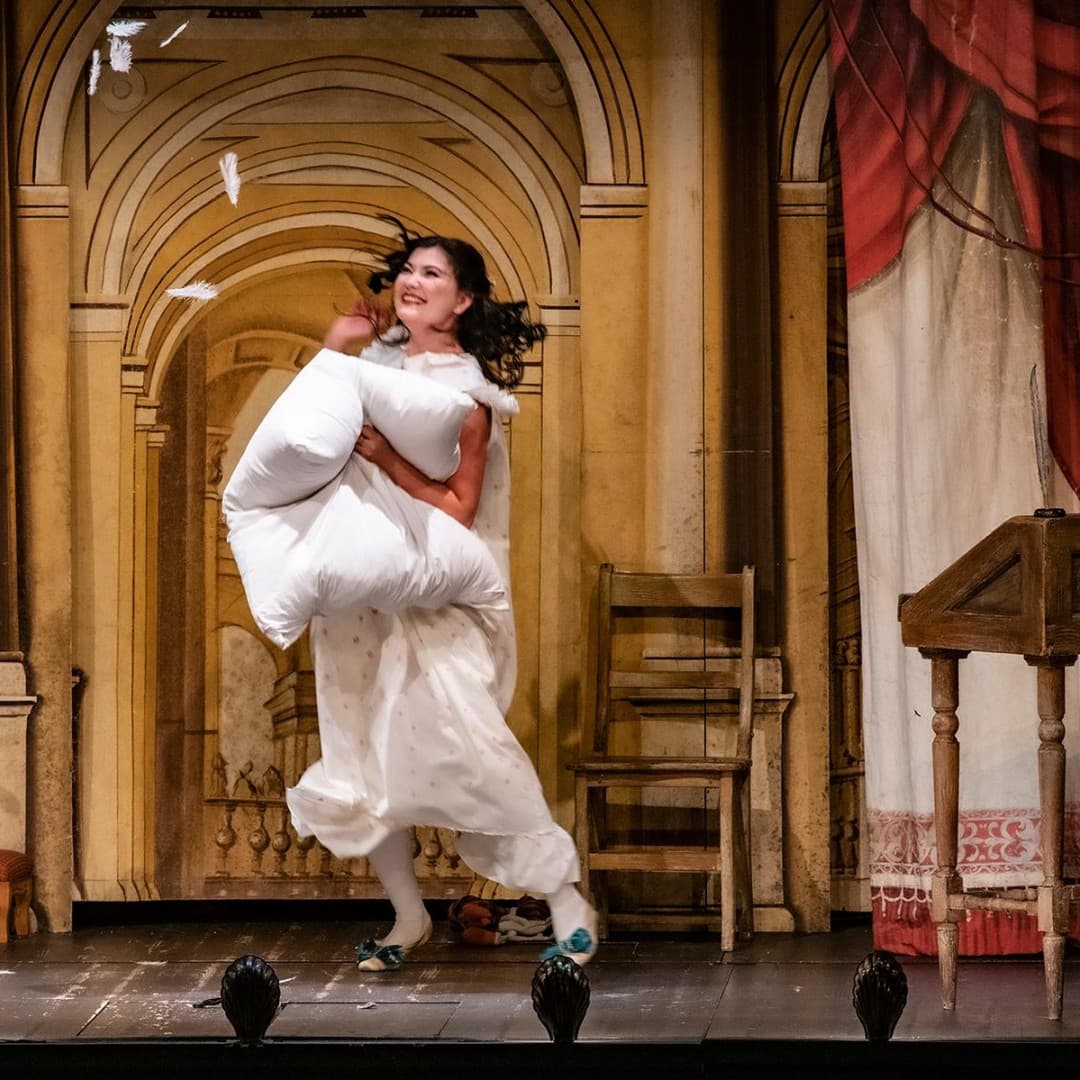
© Bettina Stöß
Description
Rossini's Barbier is considered the epitome of musical comedy: behind the plot revolving around the resourceful Figaro, the archetypes of the Commedia dell'arte shine through again and again. This ambiguity is also evident in Katharina Thalbach's fast-paced and lively production...
About the work
It’s a rambunctious tale: an old curmudgeon is set on marrying his own ward of court with a view to snapping up her considerable inheritance. He leaves no stone unturned in his efforts to keep the fair Rosina cloistered from the outside world and thus from any potential young suitors. A pity, then, that Count Almaviva has fallen head over heels for her. Assisted by Figaro, an enterprising barber, he plans to outwit the old man, win over Rosina – and ensure that it’s love that attracts her to him rather than his rank and wealth. Not an easy job for Figaro, seeing as the opposite camp is scheming with equal tenacity … Love wins out in the end, and it turns out that all precautions were useless!
Pierre Augustin Caron de Beaumarchais [1732 –1799] dreamt up the character of the mischievous barber and wrote an entire comic trilogy about him, the first two instalments of which (Le Barbier de Séville ou La Précaution inutile [1775] and La Folle Journée ou le Mariage de Figaro [1778]) are world famous. Part 3, L'autre Tartuffe ou La Mère coupable [1792], was not such a hit, perhaps due to the upheavals of the Revolution. Although the revolutionary potential was especially palpable in the second part, with its brilliant soundtrack courtesy of Mozart [The marriage of Figaro, 1786], the barber of the first part oozes disrespect, which inevitably makes him the central protagonist in this comic opera. Giovanni Paisiello had a runaway success with his musical version of Barbiere in 1782, meaning that Rossini was up against a seemingly unassailable precursor when he resolved to compete directly with Paisiello in writing a comic opera based on the same material. And he pulled it off: 34 years after his rival’s own hit show he delivered arguably the wittiest and peppiest opera buffa in the history of the genre.
About the production
The action centring on the famous hair stylist, whose brainwaves solve all the challenges in the end, is transposed by Katharina Thalbach to the cheery setting of a sun-bathed seaside resort. Engines of locomotion ranging from vintage car to tractor and bicycle make their way across the stage. They include an odd-looking trolley that proceeds to regurgitate all the over-the-top characters from Italian commedia. Gaggles of tourists gather amongst the loungers and open-air showers to witness a vibrant and supercharged show that blurs the line between small and main stages, energising the auditorium in the process. With its memorable tunes and world-famous arias The barber of Seville is one of the supreme classics of opera and, in Thalbach’s vivacious production featuring the plush costumes of Guido Maria Kretschmer, will be an event to remember for opera novices and connoisseurs alike.
About the work
It’s a rambunctious tale: an old curmudgeon is set on marrying his own ward of court with a view to snapping up her considerable inheritance. He leaves no stone unturned in his efforts to keep the fair Rosina cloistered from the outside world and thus from any potential young suitors. A pity, then, that Count Almaviva has fallen head over heels for her. Assisted by Figaro, an enterprising barber, he plans to outwit the old man, win over Rosina – and ensure that it’s love that attracts her to him rather than his rank and wealth. Not an easy job for Figaro, seeing as the opposite camp is scheming with equal tenacity … Love wins out in the end, and it turns out that all precautions were useless!
Pierre Augustin Caron de Beaumarchais [1732 –1799] dreamt up the character of the mischievous barber and wrote an entire comic trilogy about him, the first two instalments of which (Le Barbier de Séville ou La Précaution inutile [1775] and La Folle Journée ou le Mariage de Figaro [1778]) are world famous. Part 3, L'autre Tartuffe ou La Mère coupable [1792], was not such a hit, perhaps due to the upheavals of the Revolution. Although the revolutionary potential was especially palpable in the second part, with its brilliant soundtrack courtesy of Mozart [The marriage of Figaro, 1786], the barber of the first part oozes disrespect, which inevitably makes him the central protagonist in this comic opera. Giovanni Paisiello had a runaway success with his musical version of Barbiere in 1782, meaning that Rossini was up against a seemingly unassailable precursor when he resolved to compete directly with Paisiello in writing a comic opera based on the same material. And he pulled it off: 34 years after his rival’s own hit show he delivered arguably the wittiest and peppiest opera buffa in the history of the genre.
About the production
The action centring on the famous hair stylist, whose brainwaves solve all the challenges in the end, is transposed by Katharina Thalbach to the cheery setting of a sun-bathed seaside resort. Engines of locomotion ranging from vintage car to tractor and bicycle make their way across the stage. They include an odd-looking trolley that proceeds to regurgitate all the over-the-top characters from Italian commedia. Gaggles of tourists gather amongst the loungers and open-air showers to witness a vibrant and supercharged show that blurs the line between small and main stages, energising the auditorium in the process. With its memorable tunes and world-famous arias The barber of Seville is one of the supreme classics of opera and, in Thalbach’s vivacious production featuring the plush costumes of Guido Maria Kretschmer, will be an event to remember for opera novices and connoisseurs alike.
Cast
Carlo Goldstein
Conductor
Anna Handler
Conductor
Katharina Thalbach
Director
Momme Röhrbein
Stage-design
Guido Maria Kretschmer
Costume-design
Thomas Richter
Chorus Director
Chor der Deutschen Oper Berlin
Chorus
Kieran Carrel
Count Almaviva
Kangyoon Shine Lee
Count Almaviva
Misha Kiria
Bartolo
Simone del Savio
Bartolo
Aleksandra Meteleva
Rosina
Martina Baroni
Rosina
Dean Murphy
Figaro
Philipp Jekal
Figaro
Patrick Guetti
Basilio
Volodymyr Morozov
Basilio
Navasard Hakobyan
Fiorillo
Maria Vasilevskaya
Berta
Paul Minhyung Roh
An officer
Clara-Lisette Kesselmann
A notary
Orchester der Deutschen Oper Berlin
Orchestra
Dates
Deutsche Oper Berlin
Bismarckstraße 35, 10627 Berlin
To enable Google Maps please accept functional cookies.

